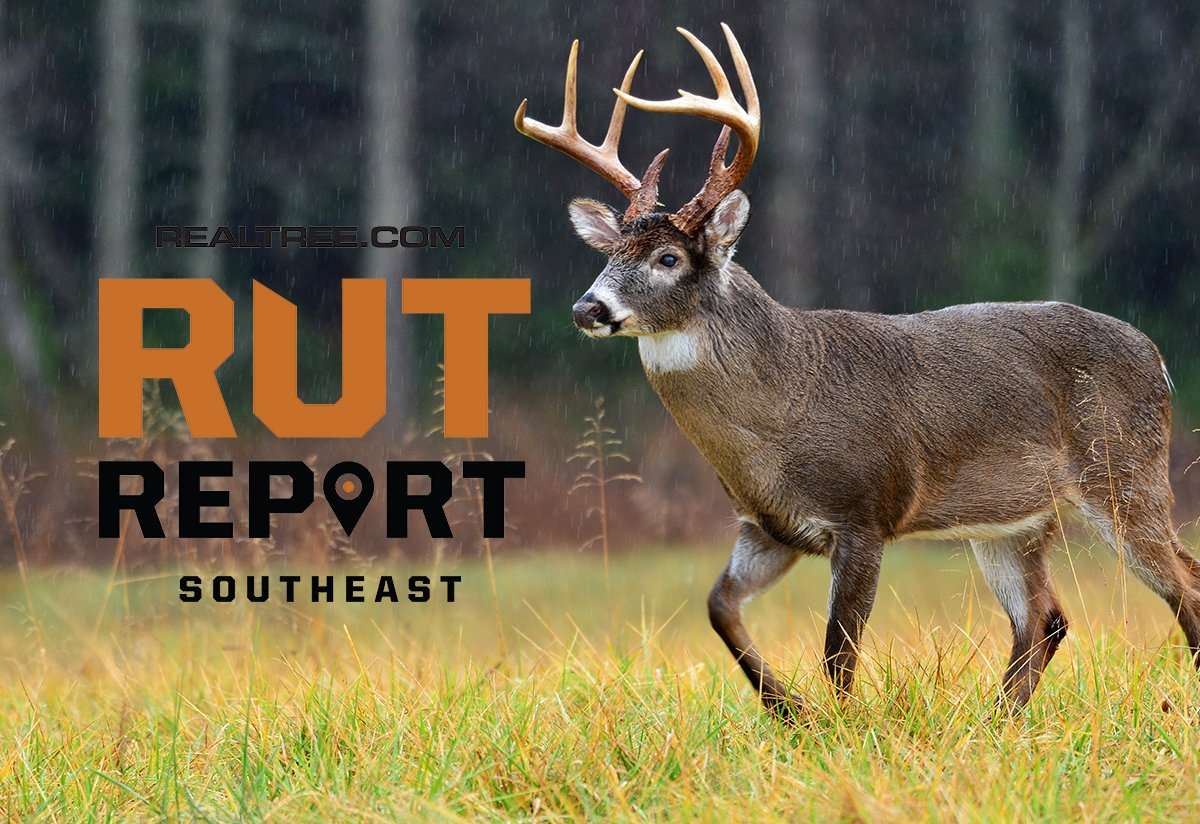Pre-rut seems slow to start, but that should change any day

The first really good buck I ever killed was a 140-class 8-pointer that chased a doe across a winter wheat field about 2 hours after sunup. I was 12 years old at the time, hunting during a Kentucky youth season with my dad and my best buddy, Dan. I still remember putting the crosshairs on that deer, pulling the trigger, and the three of us walking up on that buck, even if the whole sequence is a little blurred and dreamlike now, compliments of age.
But the date is clear. It was October 28, 1995, a date that's been forever burned into my mind as the one that can kick off the rut in western Kentucky. I've killed at least two other good deer on October 28 in the decades since, both of which were following does. It's when I always make it a point to start hunting mornings and sitting a little longer in the stand.
Fact is, deer don't keep calendars, and a single doe popping into estrus can change the behavior dynamic in an entire area. If you're lucky enough to be in a stand when it happens, the first rutting action of the year can be some of the best. To be fair, October 28 is too early for that most years, but not always. Last fall, the best seeking and chasing of the season around here did seem to begin early, around October 29, and it peaked around here about November 3. Following that, the dreaded lock down came early. The second week of November was as slow as I've ever seen it last fall, and I know many hunters at similar latitudes who reported the same.
This year seems to be more seasonal. October 28 came and went for me, and the hunting was slow. I saw and heard some chatter from a few successful hunters last week, and there was certainly no shortage of buck sign in the woods. New rubs seemed to be everywhere, and just about any likely licking branch I checked seemed to have a good scrape underneath. But I hunted hard late last week and though I saw plenty of deer, the rut goal post seemed to be continually shifting a bit. Most of the deer I saw were in the last half hour of daylight, ambling toward food sources.
The tempo did seem to change a bit over the weekend, though, when my buddy and I took our kids down to Tennessee for a youth hunt. Saturday morning was warm and humid, but deer were stirring. The action started with a group of does and fawns, and a rather substantial amount of shooting and missing, both on the part of my son and my buddy's daughter. We laughed it off and vowed to hit the range for some practice. A little later, around 9 a.m., a nice buck cruised by at 200 yards, well out of range for our kiddos but plenty close enough to call an encounter. I was able to stop the buck and hold his attention for a while with some snort-wheezing, but eventually he cruised on.
My buddy and his daughter went back to the same blind Saturday evening, and he reported a nice, tall 6-pointer that followed a group of does into the open just before dark. It seems buck fever set in again, and his daughter missed the buck, but not by much. It's Sunday morning, October 30, as I write this now, and a nice rain and cool front is passing through. We're going to get the kids out there for one more Tennessee try this evening … but we're going to practice a bit with their rifles first.
Next week is forecast to bring warm weather back to the Southeast, and on the one hand, that could stifle daylight movement. On the other, the first week of November is more predictably better than the last week in October most years, and it's certainly shaping up to be like that this year. Region-wide, the hunting is only going to improve as the month wears on. There's still some time to pattern a good buck near a food source over the next few days, but this time of year, I'm as interested in finding family groups of does and setting up in a good pinch point between their bedding and feeding areas. It's not always the best way to kill a single, target deer — but if just getting a shot at a nice buck is your goal, I've not found a better strategy than that one, deployed over the next 10 days.
(Don't Miss: How to Hunt the Phases of the Rut)







